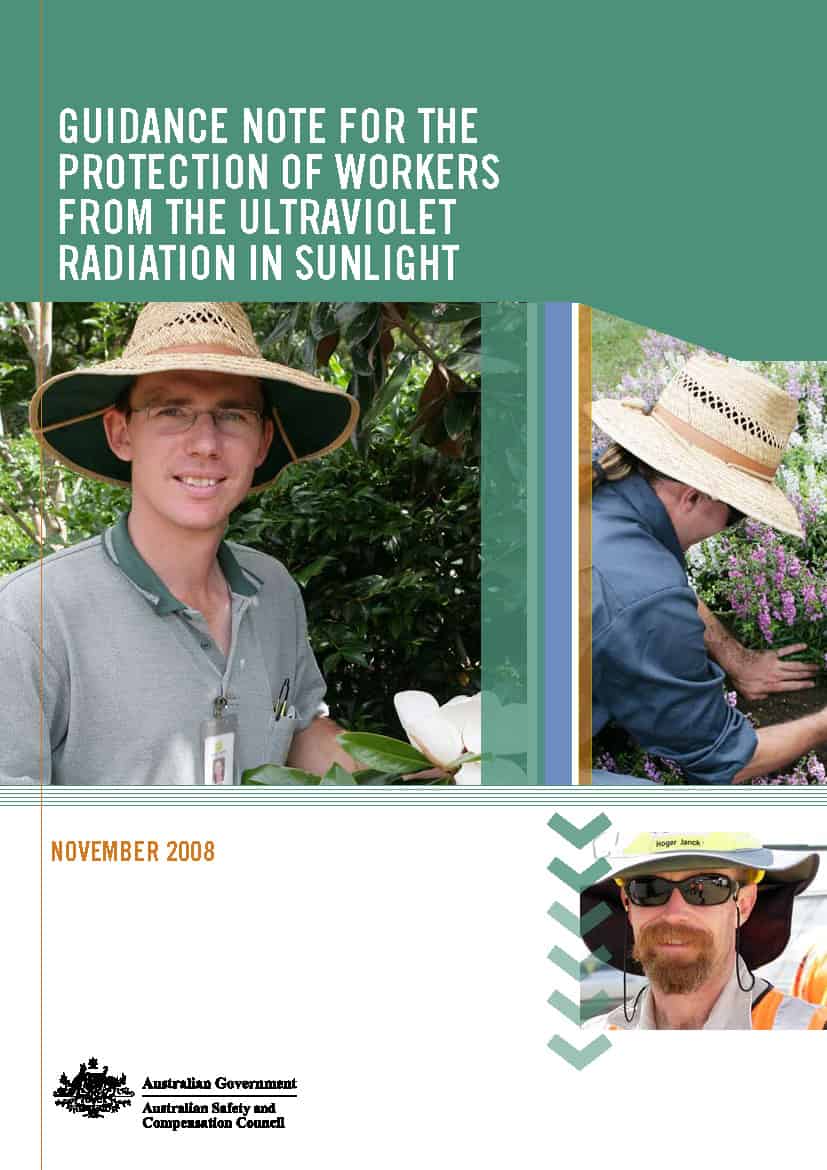As the Australian Safety & Compensation Council winds down before its transformation into Safe Work Australia, it is leaving with a flurry of activity. The legacy that had most immediate appeal was the revised Guidance Note for the Protection of Workers from the Ultraviolet Radiation in Sunlight. This is the most relevant and contemporary approach to UV as a workplace issue for many years and deserves to be carefully considered.
The need is great. The report includes these justifications
- Australia and New Zealand have the highest incidence of skin cancer in the world (Ferlay J, Bray F, Pisani P, Parkin D. GLOBOCAN 2002. Cancer incidence, mortality and prevalence worldwide. IARC CancerBase No. 5, version 2.0. Lyon: IARCPress, 2004)
- At least 2 in 3 Australians will be diagnosed with skin cancer before the age of 70 (Staples M, Elwood M, Burton R, Williams J, Marks R, Giles G. Non-melanoma skin cancer in Australia: the 2002 national survey and trends since 1985. Medical Journal of Australia 2006; 184: 6-10); and
- Skin cancer costs the Australian health system around $300 million annually, which is the highest cost of all cancers (Australian Institute of Health and Welfare. Health system expenditures on cancer and other neoplasms in Australia, 2000 – 01. Canberra: AIHW2005).
The report lists the following skin cancer contributory factors
- exposure received during childhood
- participation in outdoor work and leisure activities resulting in increased exposure to solar UV radiation
- because of higher solar UV exposures, the closer people live to the equator, the more likely they are to develop skin cancer. Queensland has a higher rate of diagnosed skin cancers than Tasmania
- solar UV radiation intensity increases with height above sea level
- solar UV radiation is at its greatest intensity between the hours of 10.00 am and 2.00pm, although dangerous levels of UV radiation can still be experienced outside those hours. (Note: These times should be adjusted to 11.00 am and 3.00 pm when there is daylight saving.)
- the risk of skin cancer is greatest in people with a fair complexion, blue eyes and freckles, who tan poorly and burn easily, but others, for example, individuals who have Dysplastic Naevi Syndrome, are also at risk, and
- there is an increased risk in people who have already had a skin cancer or Keratoses diagnosed.
These are the bases for a good, contemporary and useful workplace policy on UV protection.
